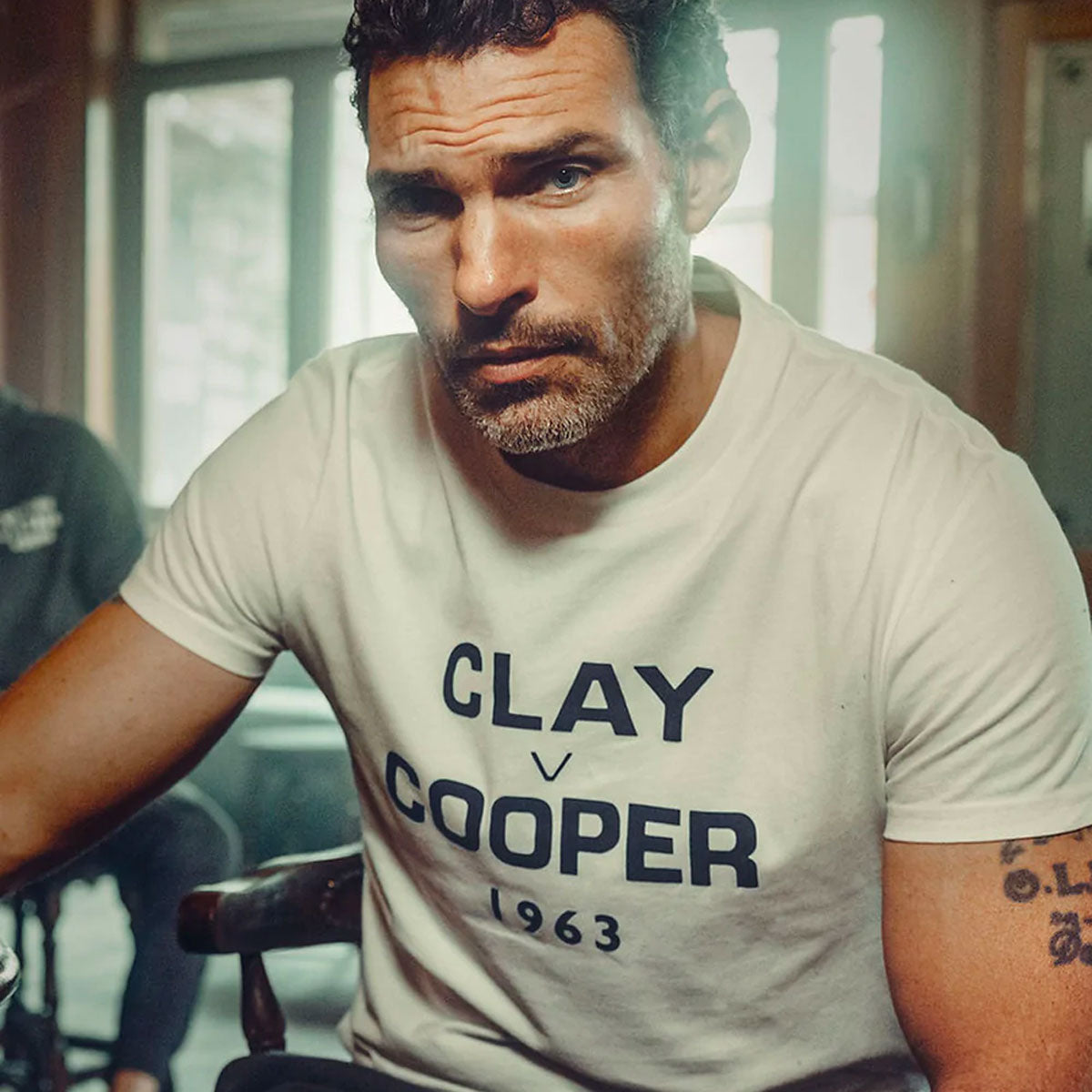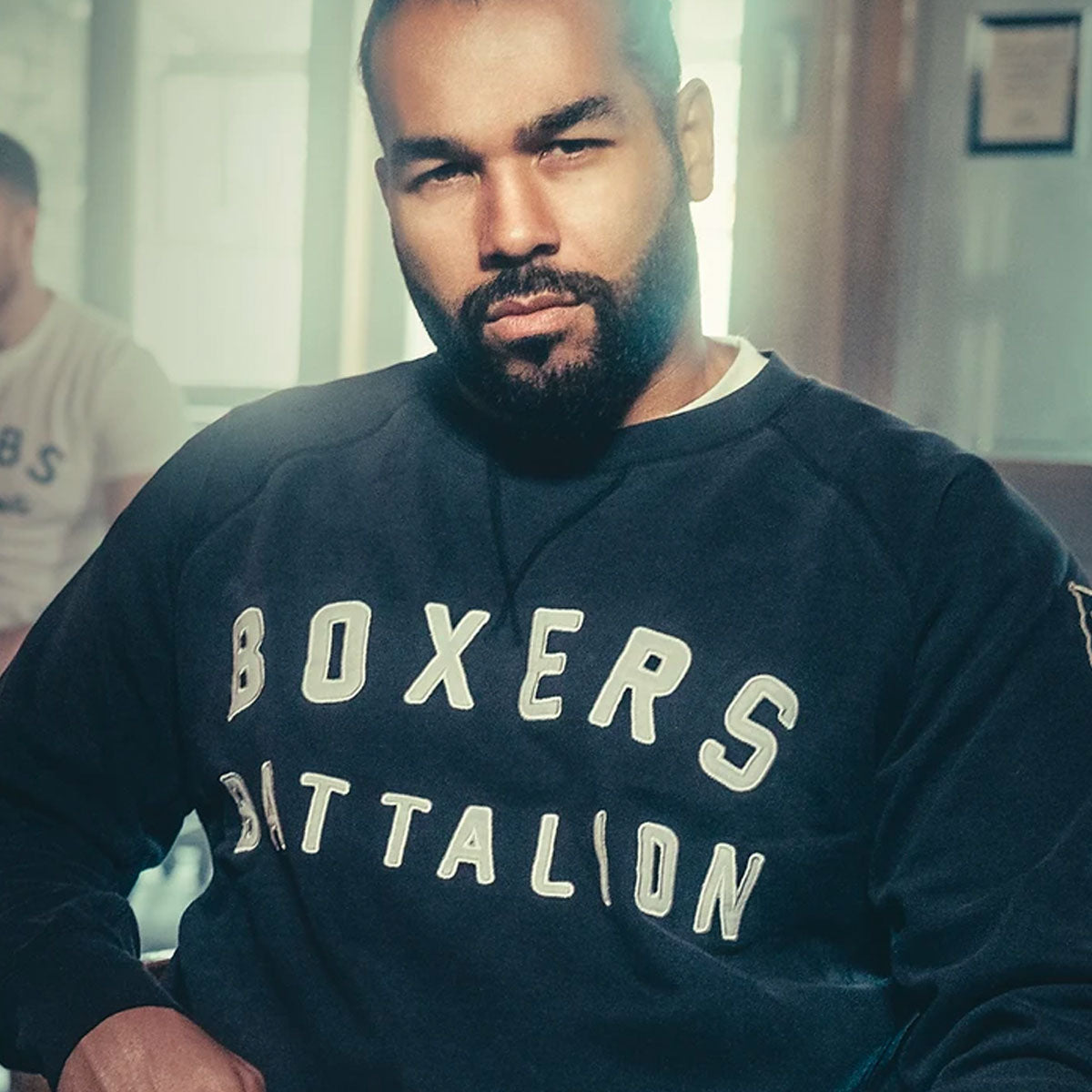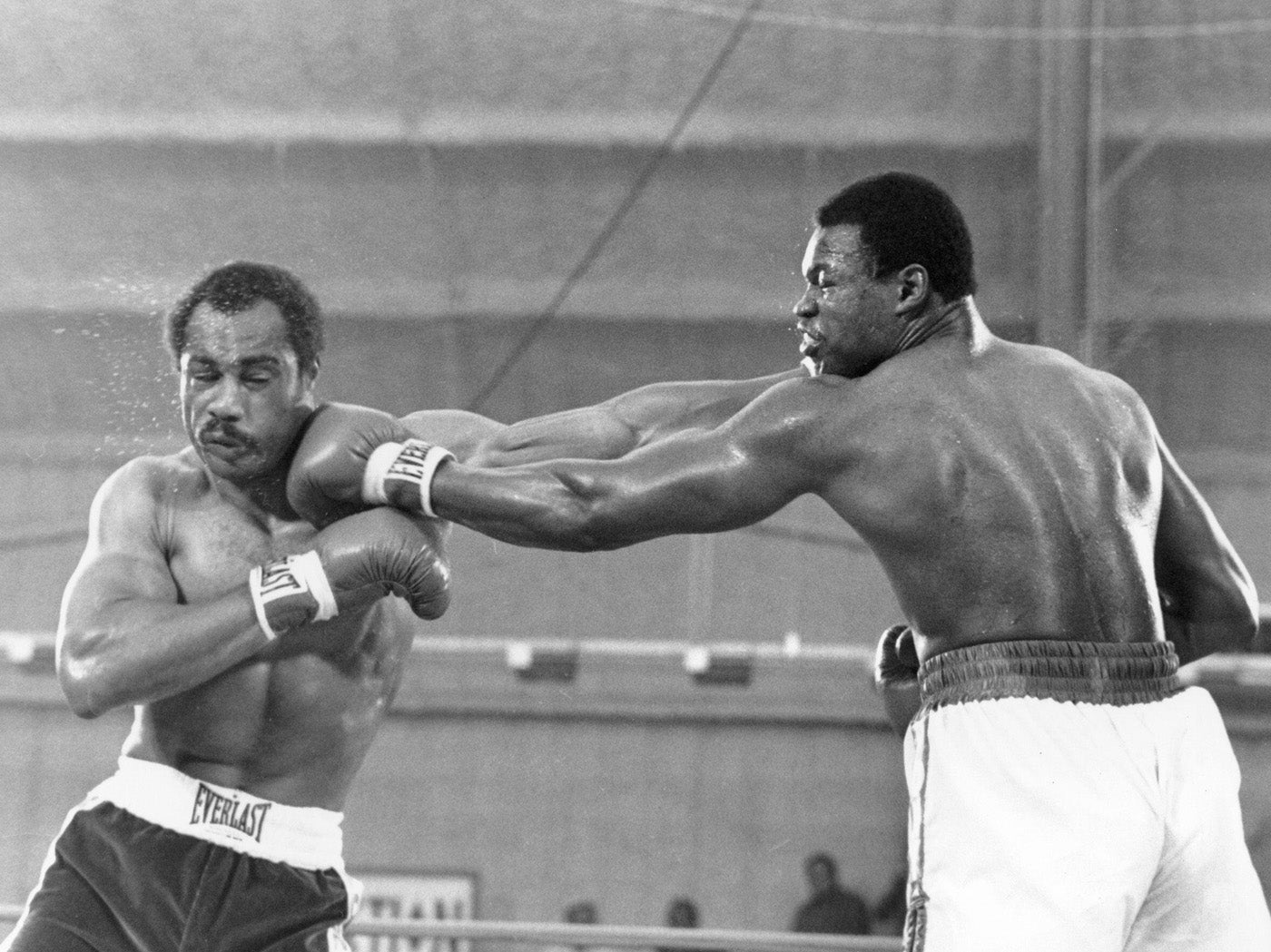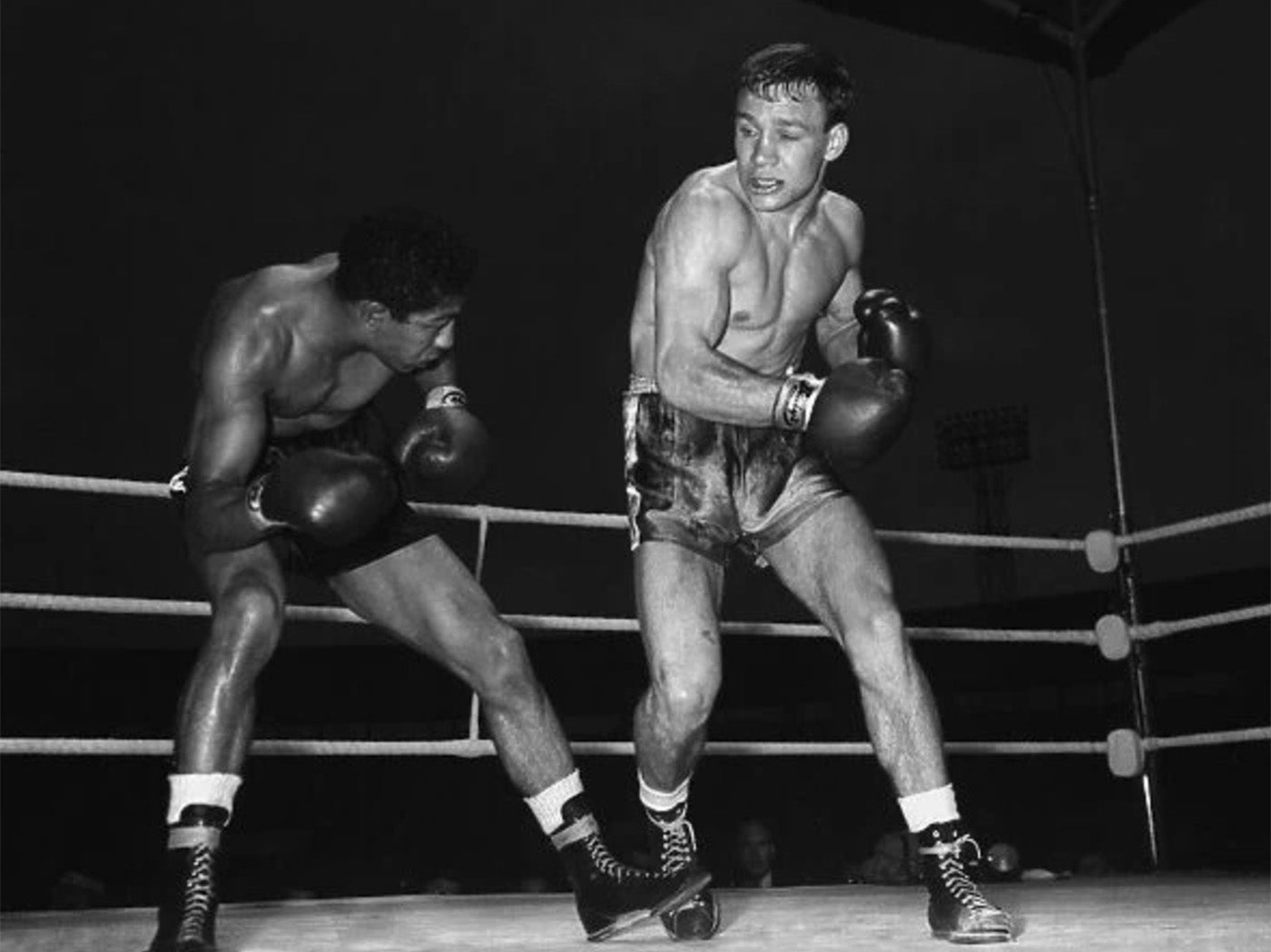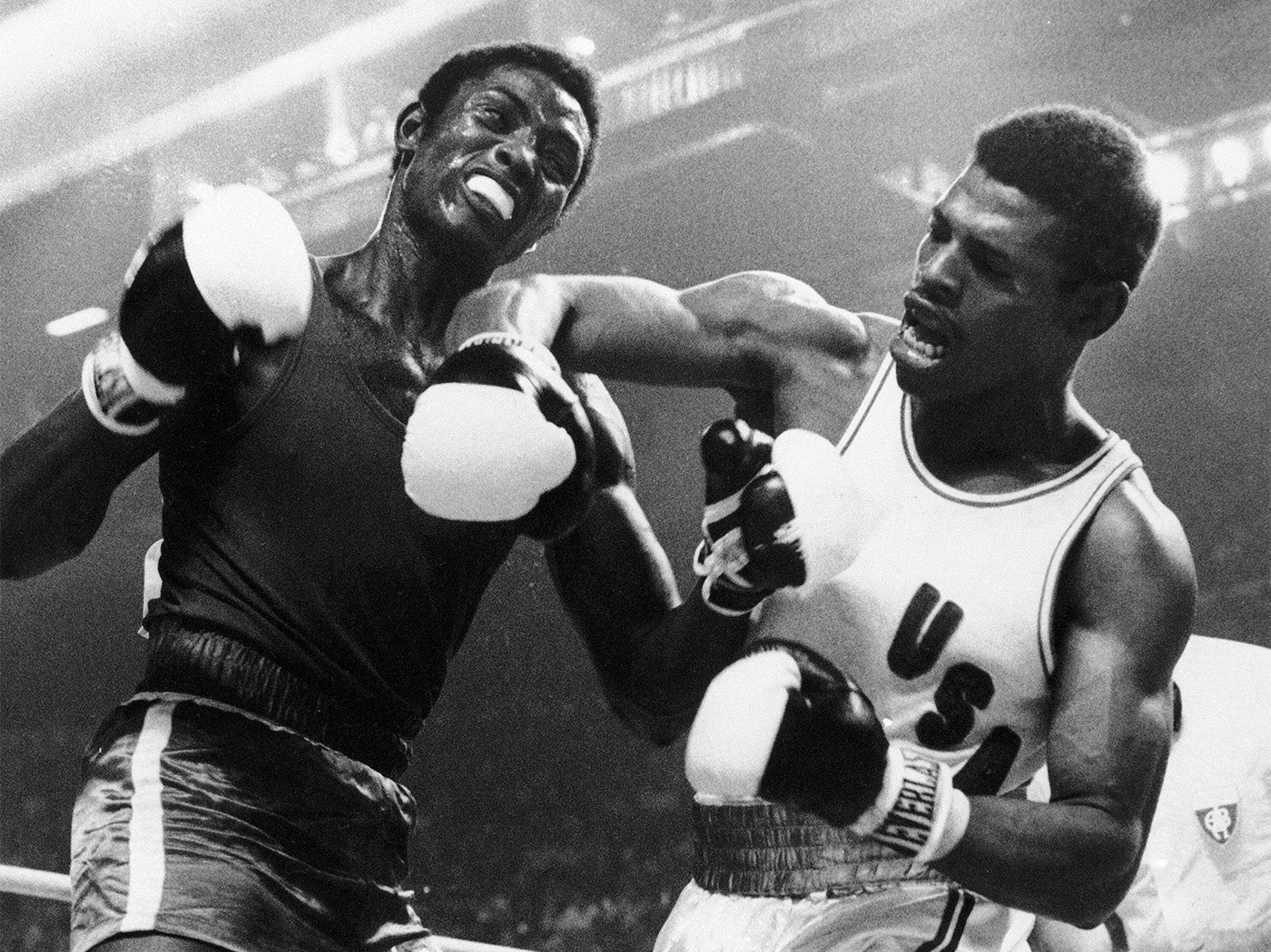‘I always felt good about myself. I was just an average person. I always felt I could do anything anyone else could. If an average person makes up their mind to do something, they can.’ Larry Holmes
The Easton Assassin didn’t chose boxing – boxing chose him. The world is littered with a plethora of stars who could have easily chosen different avenues. Michael Jordan, the greatest basketball player, also had stints in professional baseball and golf. NFL great, Bo Jackson plied his trade in baseball later down the line. Holmes lacked these options for several reasons, namely, being fatherless, poverty stricken, lacking education and was surrounded by negative influences. He denied all of these handicaps and made it. His only avenue to this meteoric rise was boxing.
Michael Jordan’s relationship with his father was well documented. His father taught him to play sports and instilled the mentality to compete and succeed in him, which saw him good for the next three decades, even after his father’s untimely death. Jordan continues to succeed now, in the world of business, as one of the very few black billionaires on the planet. Holmes did not have this mentorship, but he did his best with what he had. He was born in Cuthbert, Georgia on 3 November 1949. At seven years old his parents separated and his motivation to succeed was forced to come from within – which it duly did. With three older siblings immersed in training, he looked up to them and his journey began.
However – the limitation of poverty was still very apparent for Holmes and this became his earliest sparring partner. Poverty was like a canvas he could have easily fell on, but he chose never to pursue that option. In fact, getting off the canvas to win was in his DNA. As one of 12 children in a single parent home in a small town in Jim Crow, America was not a good start for any successful sporting career. There are athletes such as women’s Arsenal footballer, Beth Mead, Brazilian footballer, Kaka and even Chris Eubank Jr, who come from middle to upper class backgrounds. They could afford the best academies, diets and infrastructures to ensure success, but for Holmes, raw ability was his only tool.
At 19, Holmes was already a towering 6ft 3inches and weighed a solid 200lbs. Where he lacked financial assistance in affording the fancy academies, his school was literally that of hard knocks, honing his knockout skills on the streets. Holmes soon gained a fearsome reputation in the neighbourhood, clocking up around 40 fights on the bounce at one point, without incurring defeat.
In the minefield that is professional boxing, being educated is important. Contracts can be complex, agents are cut throat and are known for seeking their best interest and not that of the fighter. Many boxers are mismatched, which can be career-ending and on occasions, fatal, while many of the greats, like Mike Tyson and Joe Frazier, have experienced bankruptcy. As a result of poverty, Holmes tackled the world of boxing without formal education, having left the education system at the ripe age of 13. Instead, he went out in search of jobs to help with the bills, which included dabbling in trades such as washing cars, pouring steel, being a sandblaster and even a truck driver. However, his calling to boxing, like a destiny would see him go on to enjoy a career of 75 fights, which included 69 victories (44 by way of stoppage), incurring only six losses. While the De La Hoya’s used their education to circumnavigate the pitfalls of boxing, Holmes organically used the discipline and brute force of life, to carve out his journey to the top.
Like many heavyweights in the post-Marciano era, he came up in the shadow of Ali, playing sparring partner to The Greatest as he patiently waited for his break in the shadows. After embarking on his professional career in 1973, said break came in 1978 when he locked horns with one of the strongest, if not ‘the’ strongest punchers of the modern era, Ernie Shavers, as the pair fought for a WBC Heavyweight Title Eliminator. Holmes won the contest by a landslide points margin, but their rematch further down the line saw Holmes floored with one of the most devastating punches in boxing history…….only for Larry to get up off the canvas, in more devastating fashion than Fury versus Wilder in their first contest, and win the fight. However, at this point, the first Shavers victory propelled Holmes into a WBC world title shot three months later against another teak tough fighter, Ken Norton.
Norton was 40-4 at this point and also possessed devastating punch power, having proved his worth with victories over the likes of Muhammad Ali, breaking his jaw in their first encounter. As opposed to the Shavers fight, this was an incredibly well-matched contest, which saw both fighters go toe to toe for 15 rounds, which saw Holmes the victor by tight split decision at the final bell.
After reaching 48-0, his descent began at the age of 36, enduring his first loss in September 1985, on points to former world light heavyweight champion, Michael Spinks – which also meant he lost out on the opportunity to match and possibly overtake Rocky Marciano’s unbeaten heavyweight mantle of 49-0. Holmes rematched the young gun, but once again lost in similar fashion. Consequently, he retired, but made a brave, if not crazy return in 1988 to the square ring against a peak Mike Tyson, which saw him annihilated in four rounds, which for the records was the first and only time The Easton Assassin was stopped in his 75 fight career. Holmes returned to the ring a further three years later in 1991, and continued to fight until 2002. Notable fights during that time included a well fought attempt to dethrone Evander Holyfield of his three heavyweight titles, and a notable contest which never came to fruition, which was against George Foreman. Holmes swansong was a points victory over Butterbean (Eric Easch), a few months shy of Holmes’ 53rd birthday.
Holmes world heavyweight title reign lasted an almighty seven years, five of which with the WBC crown and the latter two with the IBF, which is a feat seldom achieved in boxing’s top tier. While many grew up with the likes of the Brian Lara’s, the Dwight Yorke’s, the Ashley Cole’s and Rio Ferdinand’s of this world, Holmes grew up on the streets and proudly held it together against all the odds, right the way to the International Boxing Hall of Fame.
In retirement, Holmes went on to be a very successful businessman, which poetically contrasted commensurately with his disadvantaged upbringing, compared to his peers. Larry Holmes slayed the necessary giants to attain his calling. Boxing chose him and he grabbed it with two gloves.


